title page
Safety Instructions
Ergonomic Computing Habits
When Removing or Installing Memory Modules
Protecting Against Electrostatic Discharge
Preface
About This Guide
Warranty and Return Policy Information
Other Documents You May Need
Notational Conventions
Notes, Notices, and Cautions
Typographical Conventions
Contents
Introduction
Hardware Features
Front View of the Computer
Back View of the Computer
Software Features
Available Options and Upgrades
Getting Help
Options and Upgrades
Using the AC Adapter
Using the Media Bay
Installing Devices With Softex Docking Services or BayManager Software
Installing a Battery
Installing a Second Battery
Attaching the Composite TV-Out Adapter Cable
Installing an Internal Hard-Disk Drive
Returning a Hard-Disk Drive to Dell
Installing a Second Hard-Disk Drive
Installing Memory Modules
Port Replicator
Connecting Other External Devices
Basic Troubleshooting
Checking the Basics
Checking Connections
Environmental Factors
Power
Modem
Drives
Cleaning Diskette Drives
Look and Listen
System Setup Program Options
Finding Software Solutions
Installing and Configuring Software
Start-Up Files
Using Software
Error Messages
Input Errors
Memory-Resident Programs
Program Conflicts
Avoiding Interrupt Assignment Conflicts
Troubleshooting Procedures
Troubleshooting a Wet Computer
Troubleshooting a Damaged Computer
Troubleshooting a Power Failure
Total Power Failure When Using the AC Adapter
Total Power Failure When Using a Battery
No Power to a Part of the Computer
Troubleshooting the Diskette Drive
Troubleshooting the CD-ROM or DVD-ROM Drive
Troubleshooting the Hard-Disk Drive
Troubleshooting an External Keyboard
Troubleshooting Memory
Troubleshooting the Display
Troubleshooting an External Monitor
Troubleshooting the Serial and Parallel Ports
Troubleshooting the Basic I/O Functions
Troubleshooting a Parallel Printer
Troubleshooting a Serial I/O Device
Troubleshooting the Infrared Port
Troubleshooting the Touch Pad
Troubleshooting Audio Functions
Running the Dell Diagnostics
Starting the Dell Diagnostics
Dell Diagnostics Main Screen
Confirming the System Configuration Information
Using the Dell Diagnostics
Menu
Keys
Device Group
Device
Test
Versions
System Software Solutions
Partitioning and Formatting the Hard-Disk Drive
Installing the Windows 98 Operating System
Installing Drivers and Utilities for Windows 98
Installing the Video Driver
Installing the Audio Driver
Installing the DualPoint Integrated Pointing Device Drivers
Enabling Microsoft Infrared Support
Installing System Utilities
Installing Docking Drivers (Optional)
Installing the Software DVD Decoder (Optional)
Installing the System Help
Installing Help From the CD
Downloading Help From the Support Web Site
Installing Drivers and Utilities for Windows NT
Installing the Video Driver
Installing the Power Management Utility
Installing the PC Card Utility
Installing Softex Docking Services
Installing the Audio Drivers
Installing DualPoint Integrated Pointing Device Drivers
Installing System Utilities
Installing the System Help
Installing Help From the CD
Downloading Help From the Support Web Site
Save-to-Disk Suspend Utility
Removing the Save-to-Disk Suspend Partition
Creating the Save-to-Disk Suspend Partition
Contacting Dell
Getting Help
Technical Assistance
Help Tools
World Wide Web
AutoTech Service
TechFax Service
TechConnect BBS
Automated Order-Status System
Technical Support Service
Problems With Your Order
Product Information
Returning Items for Warranty Repair or Credit
Before You Call
Dell Contact Numbers
Technical Specifications
Using the System Setup Program
Entering the System Setup Program
System Setup Program Screens
Page 1
Page 2
Page 3
Page 4
Error Messages and Flash Codes
System Messages
System Flash Codes
Regulatory Notices
FCC Notices (U.S. Only)
Class A
Class B
IC Notice (Canada Only)
CE Notice (European Union)
Battery Disposal
EN 55022 Compliance (Czech Republic Only)
VCCI Notice (Japan Only)
Class A ITE
Class B ITE
MOC Notice (South Korea Only)
Class A Device
Class B Device
Polish Center for Testing and Certification Notice
Wymagania Polskiego Centrum BadaÒ i Certyfikacji
Pozosta³e instrukcje bezpieczeÒstwa
NOM Information (Mexico Only)
Información para NOM �(únicamente para México)
Warranty, Return Policy, and Year 2000 Statement of Compliance
Limited Three-Year Warranty (U.S. Only)
Coverage During Year One
Coverage During Years Two and Three
General Provisions
Limited Three-Year Warranty (Canada Only)
Coverage During Year One
Coverage During Years Two and Three
General Provisions
“Total Satisfaction” Return Policy (U.S. and Canada Only)
Year 2000 Statement of Compliance for Dell-Branded Hardware Products
Previous Products
Software
Additional Information
Index
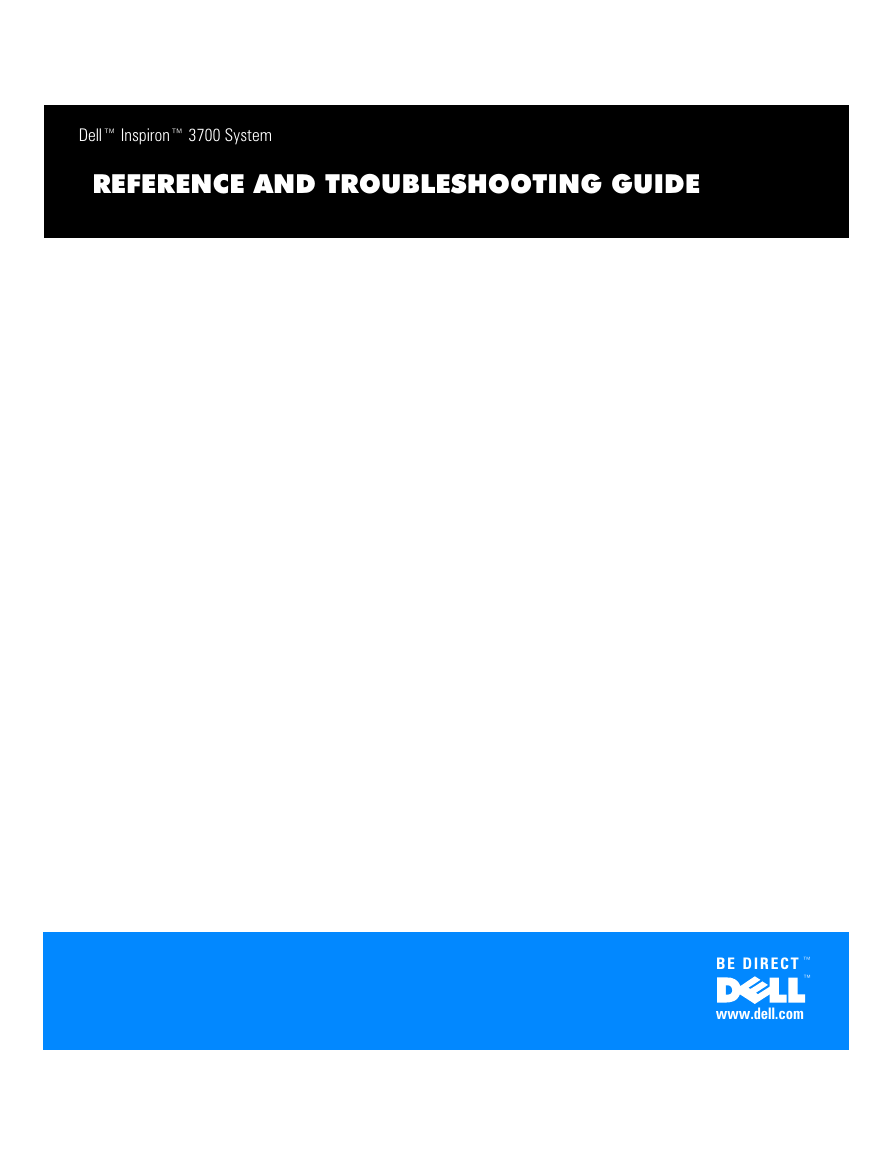
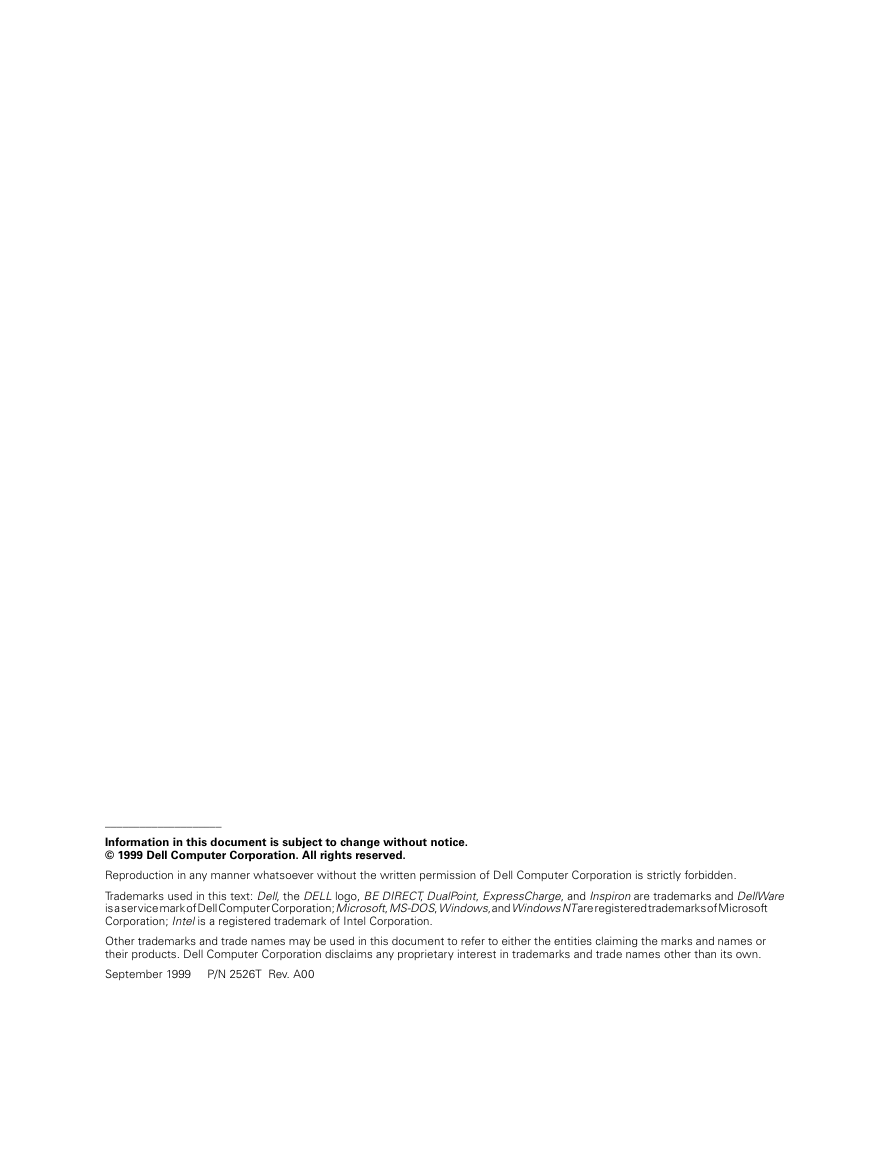
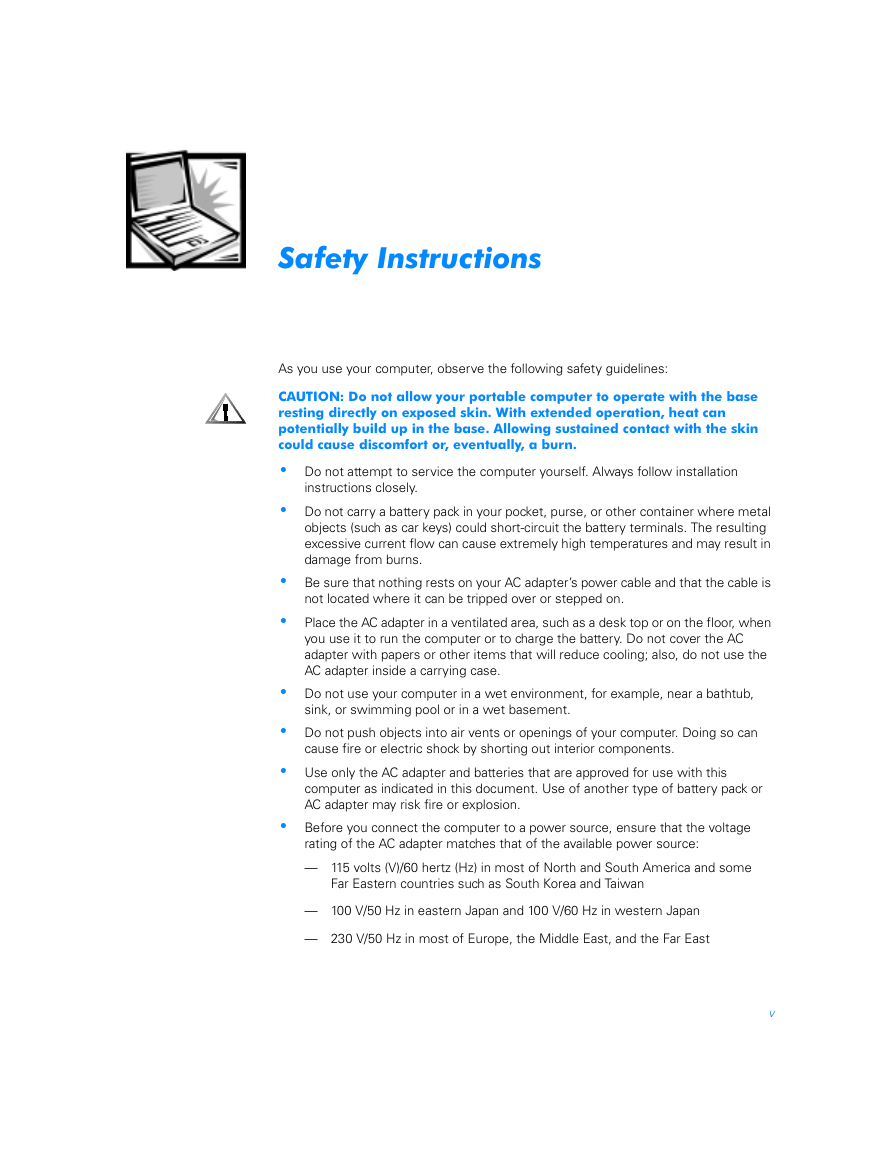
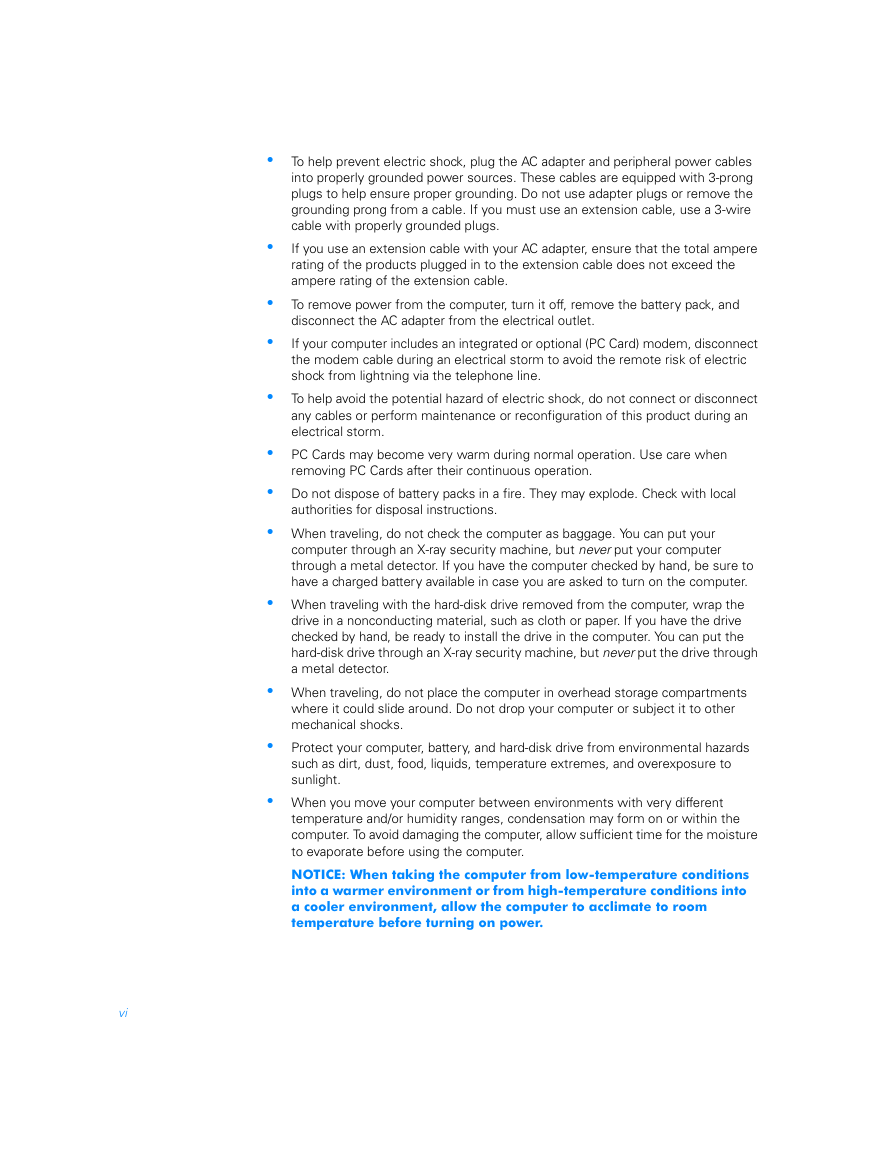
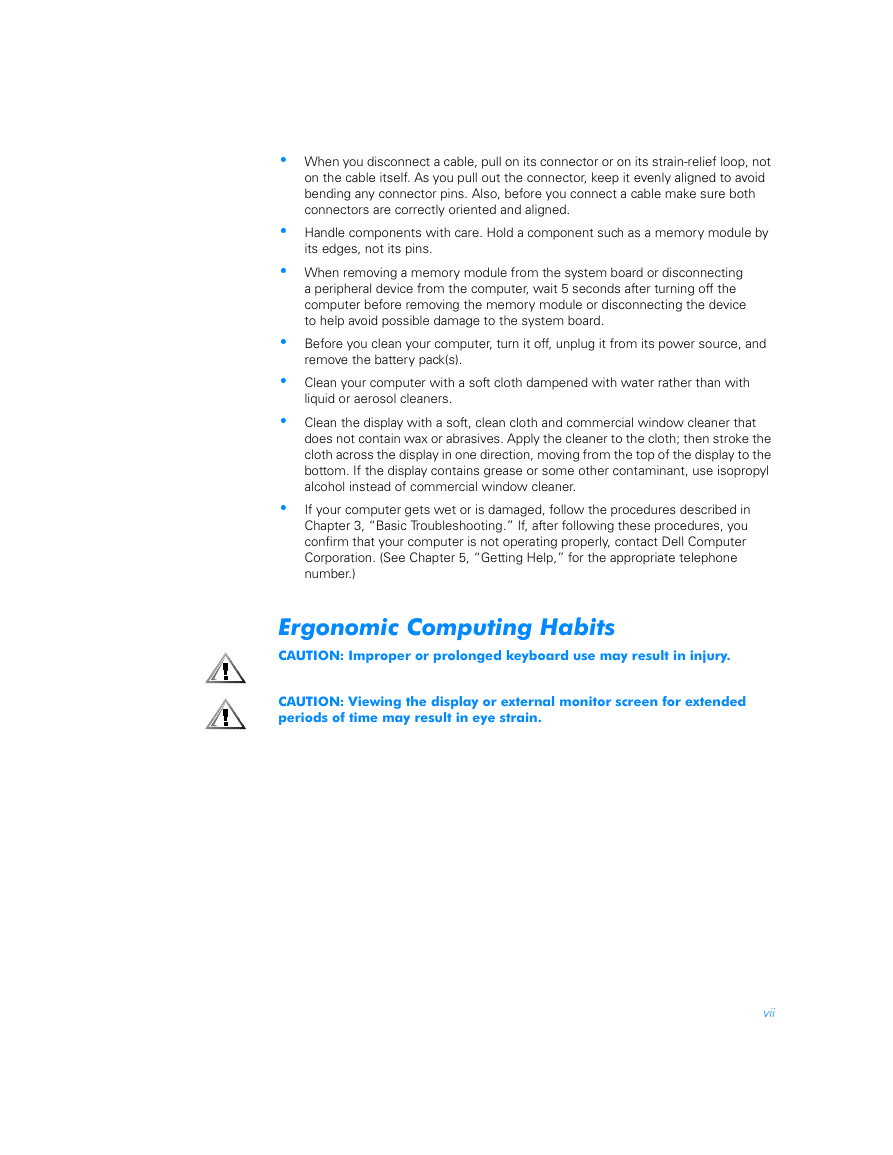

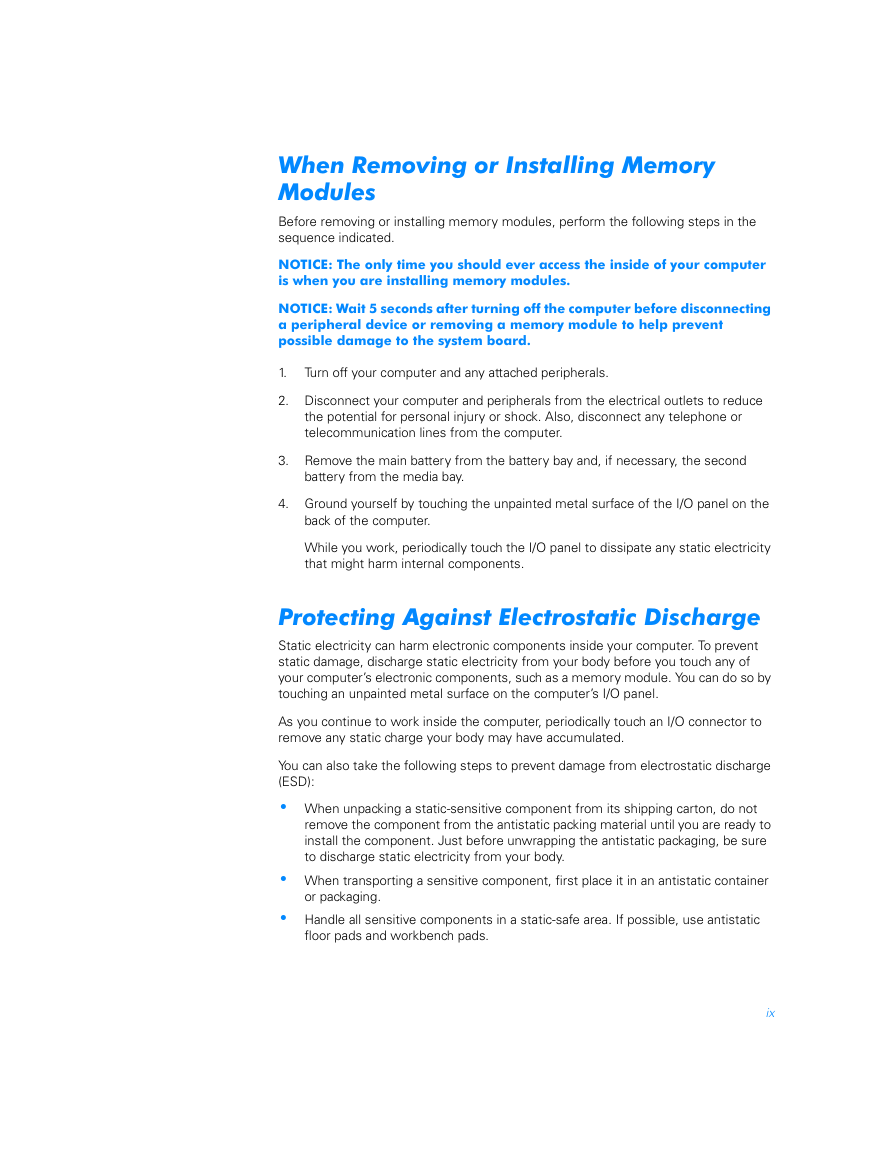









 2023年江西萍乡中考道德与法治真题及答案.doc
2023年江西萍乡中考道德与法治真题及答案.doc 2012年重庆南川中考生物真题及答案.doc
2012年重庆南川中考生物真题及答案.doc 2013年江西师范大学地理学综合及文艺理论基础考研真题.doc
2013年江西师范大学地理学综合及文艺理论基础考研真题.doc 2020年四川甘孜小升初语文真题及答案I卷.doc
2020年四川甘孜小升初语文真题及答案I卷.doc 2020年注册岩土工程师专业基础考试真题及答案.doc
2020年注册岩土工程师专业基础考试真题及答案.doc 2023-2024学年福建省厦门市九年级上学期数学月考试题及答案.doc
2023-2024学年福建省厦门市九年级上学期数学月考试题及答案.doc 2021-2022学年辽宁省沈阳市大东区九年级上学期语文期末试题及答案.doc
2021-2022学年辽宁省沈阳市大东区九年级上学期语文期末试题及答案.doc 2022-2023学年北京东城区初三第一学期物理期末试卷及答案.doc
2022-2023学年北京东城区初三第一学期物理期末试卷及答案.doc 2018上半年江西教师资格初中地理学科知识与教学能力真题及答案.doc
2018上半年江西教师资格初中地理学科知识与教学能力真题及答案.doc 2012年河北国家公务员申论考试真题及答案-省级.doc
2012年河北国家公务员申论考试真题及答案-省级.doc 2020-2021学年江苏省扬州市江都区邵樊片九年级上学期数学第一次质量检测试题及答案.doc
2020-2021学年江苏省扬州市江都区邵樊片九年级上学期数学第一次质量检测试题及答案.doc 2022下半年黑龙江教师资格证中学综合素质真题及答案.doc
2022下半年黑龙江教师资格证中学综合素质真题及答案.doc